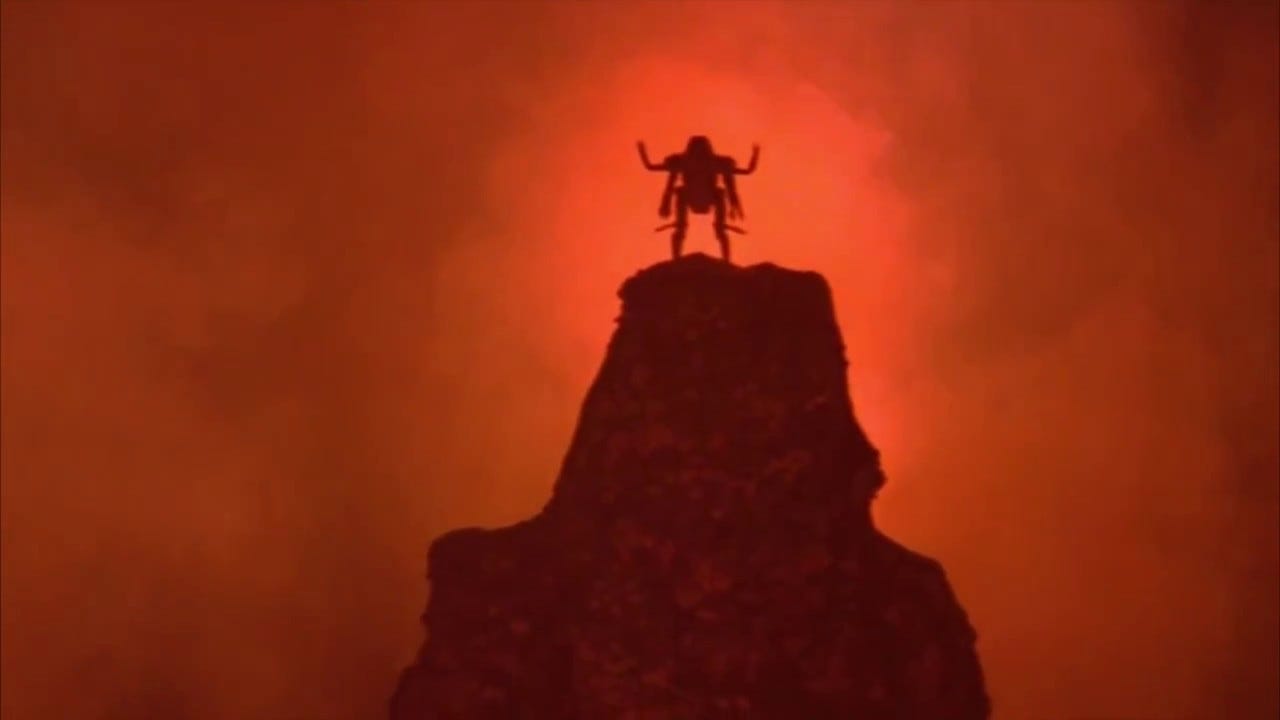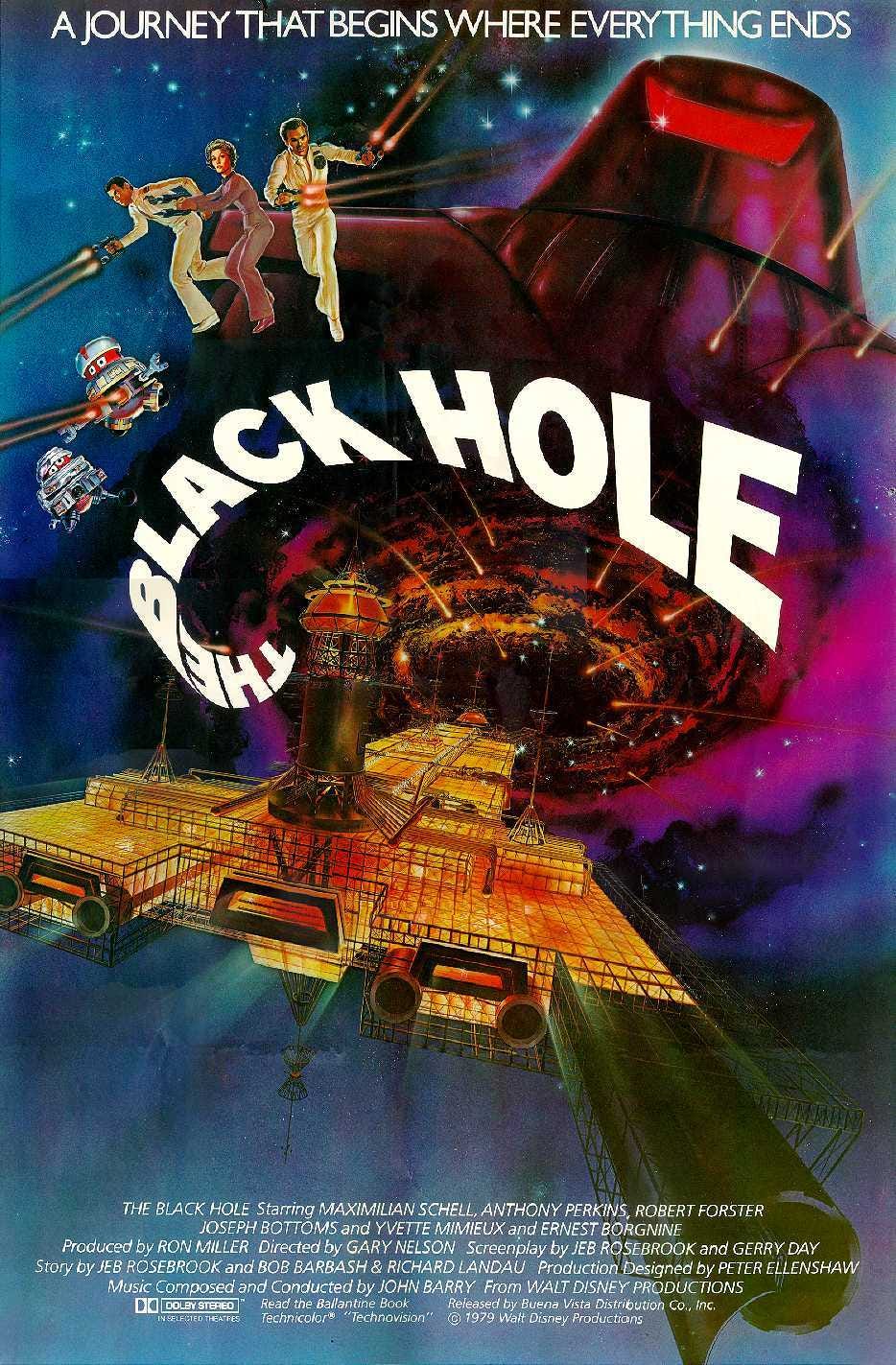Note: This piece contains spoilers about The Black Hole. It’s a good movie and I think you should watch it, so if you’re averse to spoilers, please watch it first and then come back.
Disney is the biggest film company in the world for a reason. It’s because they’re smart, and they’ve identified what the people want, and they’ve given it to them in spades.
That said, I miss the days when Disney took more risks and did weirder things.
One of those things is The Black Hole, which is extremely weird, although it doesn’t really feel that way at first. For most of the film, it’s pretty standard sci-fi fare (with a really good score and some nice special effects), and not very far outside the realm of a “Disney movie.”
But there’s also a murder. And then there’s the catalyst of that murder, which is the uncovering of a villain plot that involves turning humans into zombie drone soldiers to run the ship. (At one point, someone asks a talking robot if these people can be saved, and the robot says “Death is their only release,” which is a remarkable thing for a robot to say.)
And then there’s the ending. My God. I was not ready for this ending.
You see, this film takes place mostly aboard a spaceship that’s just hanging out next to a black hole. The spaceship has some sort of anti-gravity doohickey that’s keeping it from getting sucked into the black hole, which makes sense I guess. But then wouldn’t you know it, things go awry, and they wind up getting yanked straight into the black hole.
As we all know, black holes are portals to the afterlife, so that’s what happens here. The movie drops acid and becomes something else entirely, and for no real reason. I cannot believe they got away with it, frankly.
And by “it” I mean a sequence where the villain (Dr. Hans Reinhardt) and his robot henchman (Maximilian) float through space until they find each other, at which point they embrace and are then fused into one being, and then suddenly that being can be seen standing in anguish atop a mountain that is slowly revealed to be in the middle of a lake of fire surrounded by lost souls marching in single file amongst towering flames.
Our villain is in hell. It’s very clearly and obviously hell. It couldn’t possibly be anything else.
Then suddenly we’re gliding through the stained-glass hallway of some sort of cathedral with another figure. It’s unclear who this person is—perhaps it’s the character who was murdered earlier, or perhaps it’s an angel—but they are in heaven, it appears. We only see it briefly, and we don’t see this figure’s face.
And then we see our heroes, and they’re perfectly fine. Physically, at least; who’s to say how a black hole would affect one’s mental or emotional state. And that’s that. The movie’s over.
It’s rather odd, to say the least. That a sci-fi film with little interest in earthly theology up until this point would crescendo by sending the villain on a vacation to hell. (If you’re an evangelical Christian, perhaps this film would be a good way to show your children what hell looks like, and have them meet the kind of people who go there.)
But more importantly, it rules. It’s one of those endings that feels like an accident, as if the projector tech switched to the wrong reel and you’re watching a different thing altogether—and that makes it even more outstanding.
It’s the most metal thing I’ve ever seen in a Disney product, and I love it very much.
The Black Hole is now streaming on Disney+ and is available to rent elsewhere.




I'm sold